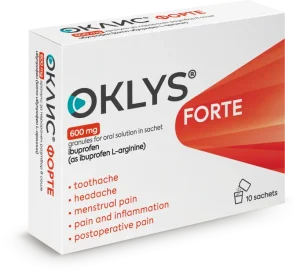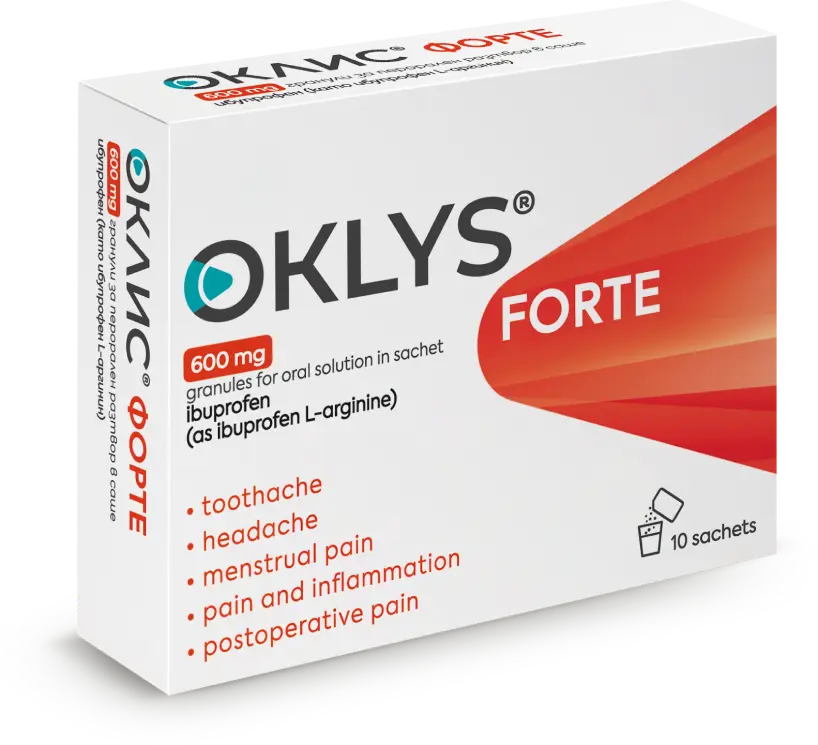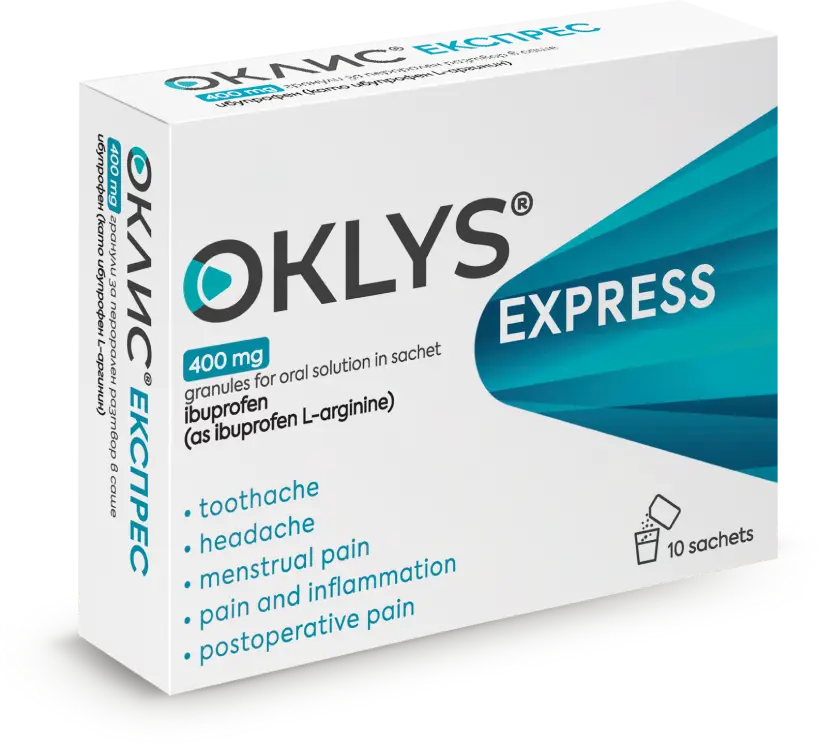Acute postoperative pain
Every year, over 230 million surgeries are performed worldwide, all of which are followed by pain of varying intensity. Acute pain that occurs after a surgical intervention, regardless of the extent of the operation, is called postoperative pain.
 In most cases, this pain is nociceptive in nature, but sometimes, when a sensory nerve is affected, a neuropathic component can be added, making the pain mixed in nature.
In most cases, this pain is nociceptive in nature, but sometimes, when a sensory nerve is affected, a neuropathic component can be added, making the pain mixed in nature.
In most cases, this pain subsides after days or weeks. Although rare, postoperative pain can persist for months following the surgery itself. In such cases, it is referred to as chronic postoperative pain. This condition is considered a late complication, and its treatment is significantly more difficult.
The intensity of acute postoperative pain is directly related to the depth and location of the intervention, as well as its complexity. Involvement of bones, internal organs, multiple muscle groups, etc., is associated with more intense pain that requires a comprehensive approach, tailored to the involvement of multiple pathological mechanisms generating pain.
In all cases, however, the leading pathogenetic mechanism in the manifestation of acute postoperative pain is local inflammation, caused by the mechanical cutting and/or tearing of body tissues. In this case, pain is the primary symptom of a syndrome that also includes swelling, redness, increased temperature around the wound, and (temporary) impairment of the function of the specific tissue or organ.
The pathogenetic mechanism determines the choice of method for managing postoperative pain. Nonsteroidal anti-inflammatory drugs (NSAIDs) are considered the first-line treatment for this pain due to their proven analgesic and anti-inflammatory effects. The main principle guiding NSAID treatment is the use of the lowest effective dose. The goal is to reduce potential side effects without compromising their pain-relieving properties.
Ibuprofen is one of the most commonly used and, accordingly, one of the most well-proven products in the group of nonsteroidal anti-inflammatory drugs (NSAIDs). It can be used for pain of any intensity, from mild and moderate to severe. 
The innovative formula of Oklys Express and Oklys Forte—ibuprofen arginine—allows the active ingredient to quickly penetrate the body and counteract the mechanisms leading to the manifestation of postoperative pain.
The accelerated absorption of the active ingredient reduces the need for preemptive (pre- and/or intraoperative) analgesia with NSAIDs and the associated potential side effects. Oklys Express and Oklys Forte can be used at the onset of the first symptoms of anesthesia wearing off.
The two forms Oklys Express 400mg and Oklys Forte 600mg in turn allow precise adherence to the principle of the lowest effective dose both in a single intake and within a twenty-four hour period.
* Desjardins P. et al. Ibuprofen arginate provides effective relief from postoperative dental pain with a more rapid onset of action than ibuprofen. European Journal of Clinical Pharmacology volume 58, p. 387–394 (2002)












